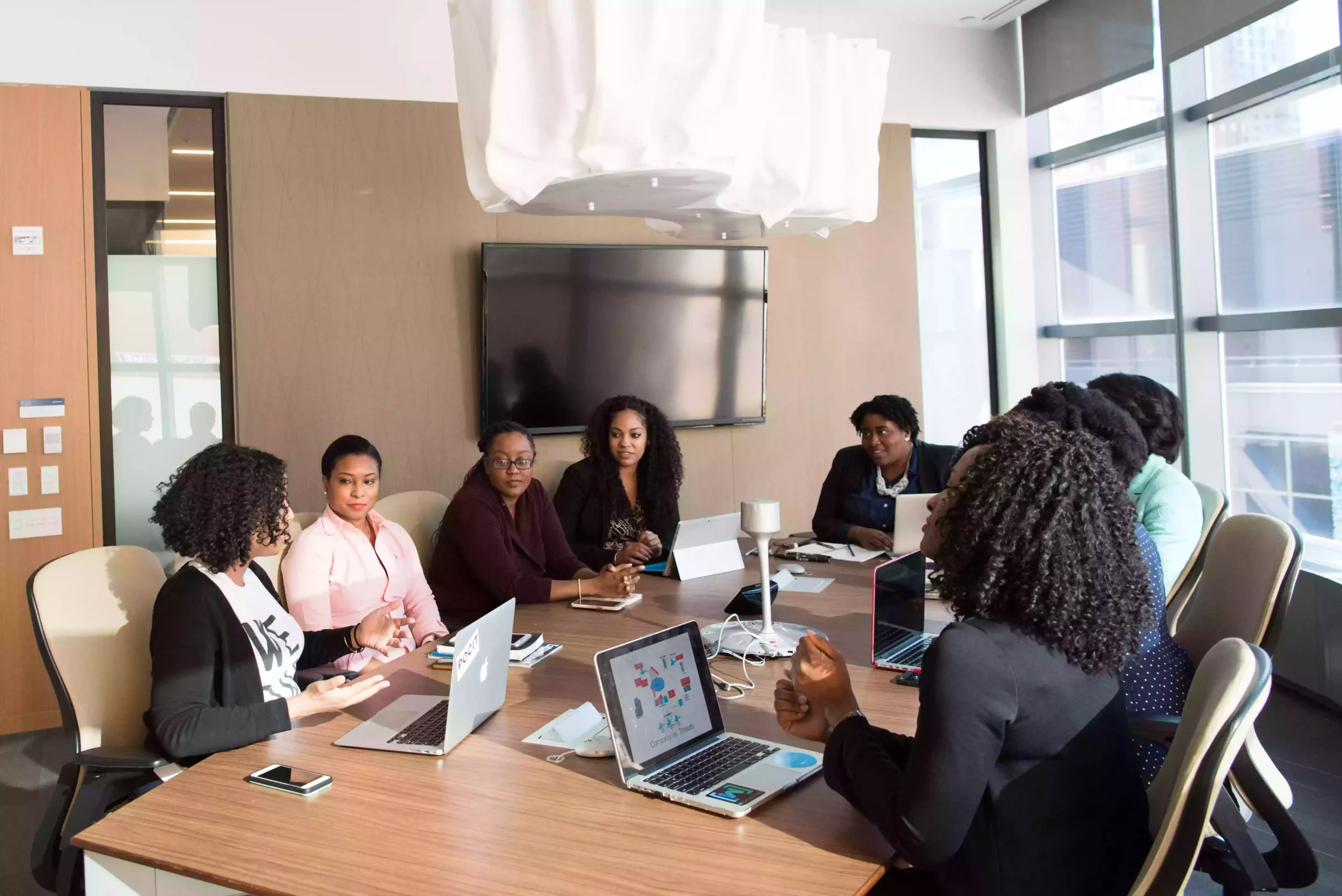03 Oct How to Assess Your Team with a Skills Gaps Analysis
An employer can choose to evaluate their talent collectively as a whole rather than individually.
This approach could be more ideal than individual assessments for larger companies with many employees to assess or small companies with less resources to invest in development programs.
Evaluating as a team is a practical skills gaps analysis technique to determine how to comprehensively improve the team moving forward, using a collaborative growth mindset.
As such, here are four simplified steps to guide a practical team skills gaps analysis:

Establish the expectations
Before considering the company team and their performance, the first step is to establish the company itself and the workplace environment in which its employees co-exist.
HR experts suggest that an employer establishes the company’s mission and values to determine how the team aligns with the mission and values.
Establish an ideal workplace environment with the ideal goals accomplished. Identify the team’s work habits, decision-making processes, and project management methods that would be most effective and align the best with the company’s values.
If the company values diversity, then the employer might emphasize open-mindedness and encourage employees to listen to others’ diverse ideas.
This first stage of the skills gaps analysis is crucial for moulding a talent development plan tailored to suit the unique company rather than the broader industry or employees’ job titles.

Identify the reality
Next, identify the team’s actual performance and skills used in their performance.
This identification stage can be done through several methods depending on the organization’s culture and size.
Still, employers can consider identifying these key points through an open conversation with employees, observation of work and deliverables, or a survey where employees would self-identify their skills, weaknesses, and feedback.
It might also be helpful to identify the top-performing team members and their characteristics and skills sets.

Compare expectations with reality.
The comparison stage involves looking critically at the expectations and skills required for the company’s goals and missions compared with the team’s real performance.
Ask questions like:
- Is the team meeting company goals?
- Are there departments or subsets of the group that are struggling more than others?
- Are there any patterns of the weakest deliverables requiring the same or similar skills?
- Which characteristics of the top team members are others lacking?
These questions will lead the employer to certain discrepancies between the expectations or ideals and the team’s performance, highlighting areas of weaknesses and skill sets that are lacking within the team.

Analyze the results
At this final stage, the employer can look at the comparison of expectations and reality in order to conclude which skills are lacking the most from the team.
Moreover, the employer can better understand which skills are required for which tasks and who on the team is struggling the most.
After this, they can dive deeper into the reasons why, and form their team development plan from there.
The employer might consider a talent management system to assist them with performance analysis and ongoing tracking of employee data.
This four-step simplified skills gaps analysis leads an employer to a fuller understanding of the company itself and the environment in which its employees are demonstrating and can begin growing their skills.
Want to prepare your students for the future of work?
Give your students hands-on training in any of 20 digital specializations, including digital marketing and data science. Learn about our Digital Capability Labs.

